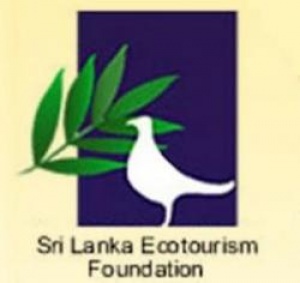Sri Lanka joins the International Council of Tourism Partners

The International Council of Tourism Partners (ICTP) today welcomed Sri Lanka as a new destination member, represented by the Sri Lanka Ecotourism Foundation (SLEF). The Sri Lanka Ecotourism Foundation is the pioneer “Ecotourism Society” in Sri Lanka, and was established in 1998. Its vision is to make Sri Lanka one of the most sought-after ecotourism destinations in the world and to build a professional ecotourism network, which serves as a model for ecotourism in the Asia and Pacific regions.
Juergen Thomas Steinmetz, Chairman of the International Council of Tourism Partners said: “We are so pleased that Sri Lanka has joined ICTP. The long-term goals of Sri Lanka Ecotourism Foundation are right in line with ICTP’s commitment to green growth.”
It is the mission of SELF to use ecotourism in Sri Lanka as a tool to conserve the environment, assure maximum economic benefits to the host community, preserve age-old cultural heritage, provide in-depth information about Sri Lanka, and to satisfy the needs of both national and international Ecotourists visiting genuine ecosites in the island.
The President of the Sri Lanka Ecotourism Foundation (SLEF), Palitha Gurusinghe, said: “The focus of Sri Lanka Ecotourism Foundation is the social and economic development of rural communities in Sri Lanka, through Community-Based Ecotourism Enterprises (CBEs). From its inception, SLEF has worked hard to introduce and implement poverty alleviation programs through ecotourism. To realize this objective, SLEF provides support services and motivates local communities to participate in Community-Based Ecotourism and environmental conservation projects. We are confident that our membership with ICTP will only benefit our work.”
SLEF is a Country Representative of the biggest tourism network of South Asia - The Region Initiative (TRI) - which connects tourism organizations of South Asia, Central Asia, and Eastern Europe and is present in 18 countries of these regions.
ADVERTISEMENT

